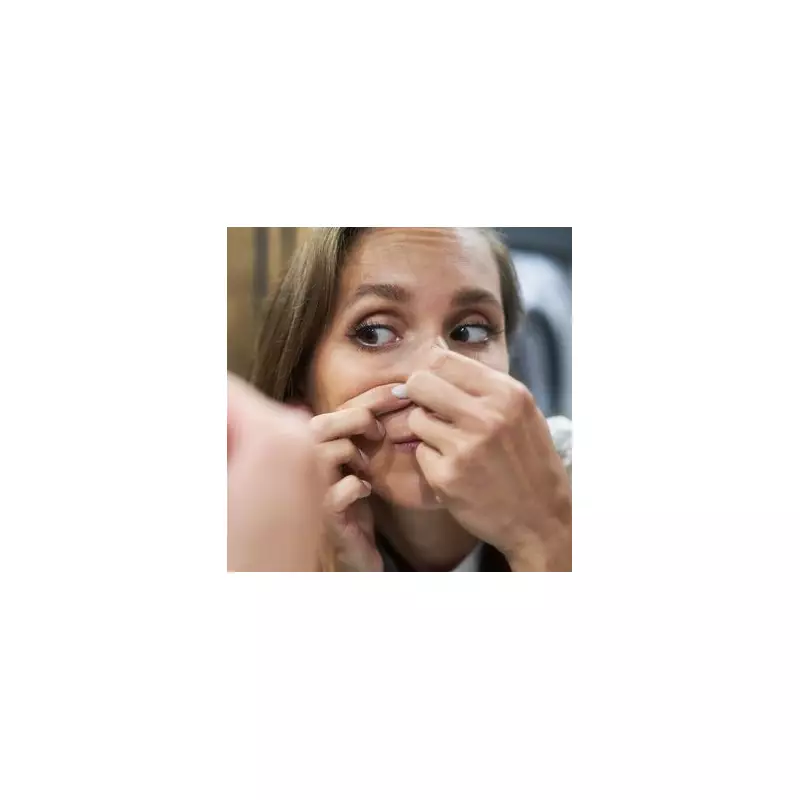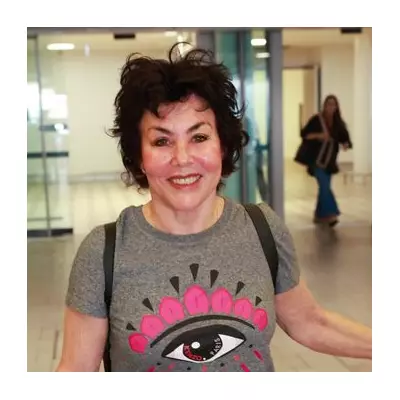
An urgent health warning has been issued by medical professionals regarding a common skincare habit that could have devastating consequences. Dermatologists are cautioning against the dangerous practice of popping pimples in a specific facial region known as the 'triangle of death'.
What Exactly Is The Triangle of Death?
The perilous zone encompasses the area from the bridge of your nose to the corners of your mouth, forming a triangular shape that houses critical blood vessels directly connected to your brain.
Dr. Emma Wedgeworth, consultant dermatologist and British Skin Foundation spokesperson, explains: "This area has a unique blood supply that connects directly to the brain. When you interfere with spots here, you risk introducing bacteria into this network, which can travel to the brain with serious consequences."
The Life-Threatening Risks
Popping pimples in this danger zone can lead to:
- Cavernous sinus thrombosis: A blood clot in the spaces at the base of the brain
- Serious infections: Bacteria entering the bloodstream and reaching the brain
- Meningitis: Inflammation of the brain and spinal cord membranes
- Vision problems: Potential damage to ocular nerves
- Facial scarring: Permanent skin damage and pitting
Why This Area Is Particularly Vulnerable
The nasal region naturally harbours bacteria, and any break in the skin creates an entry point for these microorganisms. The blood vessels in this triangle lack protective valves, allowing bacteria to flow directly toward the brain without obstruction.
Dr. Wedgeworth emphasises: "While the risk of severe complications is relatively small, the potential consequences are so serious that it's simply not worth taking the chance. The appearance of a spot is temporary, but the complications from infection can be lifelong."
Safe Alternatives to Popping
Instead of risking dangerous infections, dermatologists recommend:
- Applying warm compresses to reduce inflammation
- Using targeted acne treatments with salicylic acid or benzoyl peroxide
- Seeking professional extraction from qualified dermatologists
- Maintaining a consistent skincare routine to prevent breakouts
- Consulting with a GP or dermatologist for persistent acne issues
The British Association of Dermatologists supports these recommendations, noting that proper skincare and professional treatment are always safer than attempting DIY extractions, especially in high-risk areas.
If you experience increasing redness, swelling, pain around a spot, or develop fever symptoms, seek medical attention immediately, as these could indicate a developing infection that requires prompt treatment.





